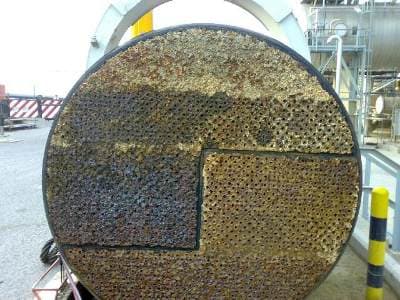
Press Release (ePRNews.com) - GHAZIABAD, India - Apr 06, 2017 (UTC) - Slagging is the formation of molten or partially fused deposits on furnace walls of boiler or convection surfaces exposed to radiant heat. Fouling is defined as the formation of deposit on convection heat surfaces such as superheater and reheaters.
Slag formed when melt or soften ash particles is not cooled down to solid state when they reach the heat surface. Typical initial deformation temperatures (or so called “ash fusion” temperatures) are 2100 to 2200 F. With furnace gas temperatures in excess of 2500 F, we have semi-molten ash that may stick to the relatively cooler walls. Most ash tend to be resolidified due to the relatively lower temperature at the tube surface and the particles fractures on impact and partially bounce back into the gas stream. However, if the furnace is too small, the exit gas temperature is too high or the melting point of ash is relatively low, molten ash may not have enough time to be resolidified when they hit the heat surface, therefore they are easy to stick to the surface and cause the accumulation of deposits leading to slagging. Depending on the strength and physical characteristic of the deposit, steam or air soot blower may be able to remove most of them. However, the base deposit generally remains attached to the tube, allowing subsequent deposits to accumulate much more rapidly.
Fouling is the accumulation of unwanted material on solid surfaces to the detriment of function. The fouling materials can consist of either living organisms or a non-living substance (inorganic or organic). Fouling is usually distinguished from other surface-growth phenomena, in that it occurs on a surface of a component, system or plant performing a defined and useful function, and that the fouling process impedes or interferes with this function.
Fouling is generally caused by the vaporization of volatile inorganic elements in the coal during combustion. When heat is absorbed and temperatures decrease in the convection area of the boiler, compounds formed by these elements condense on ash particles and heating surface, forming a glue which initiate deposition. To know more visit our website http://www.thermodyneboilers.com/
Source : Thermodyne Engineering SystemsThermodyne Engineering Systems
A-7/110 SSGT Road Industrial Area
Ghaziabad, Uttar Pradesh - 201009 India
Phone: 8745001550
Website: http://www.thermodyneboilers.com/